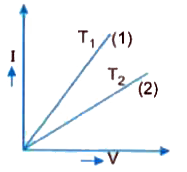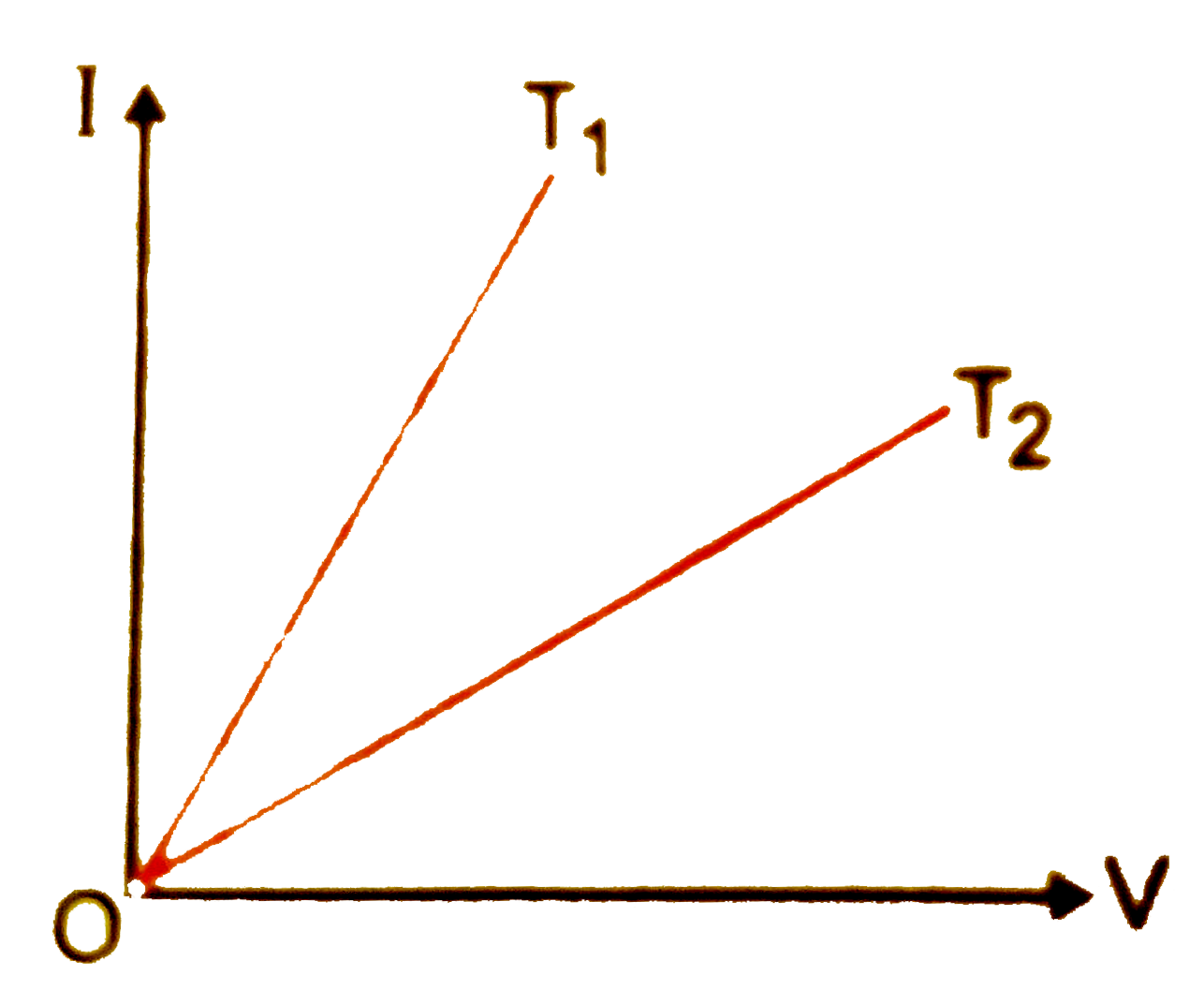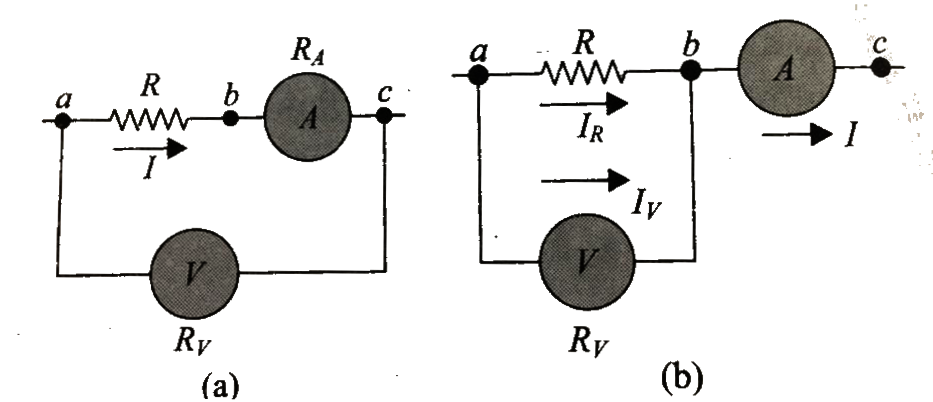Which of the two is paramagnetic : V (IV) or V (V) and why ?
Electronic configuration of V(Z = 23) is [Ar]183d34s2 ∴V(IV) is [Ar]183d1andV(V) is [Ar]183d0 As V (IV) has one unpaired electron, therefore, it is paramagnetic.
Topper's Solved these Questions
- BOOK - PRADEEPCHAPTER - STRUCTURE OF ATOMEXERCISE - Analytical Questions And Problems with Answers/solutions (Problems)18videos
STRUCTURE OF ATOM
- BOOK - PRADEEPCHAPTER - STRUCTURE OF ATOMEXERCISE - Competition Focus (JEE (Main and Advanced)/Medical Entrance (I. Multiple Choice Question) With one correct Answer92videos
STRUCTURE OF ATOM
- BOOK - PRADEEPCHAPTER - STRUCTURE OF ATOMEXERCISE - Additional Questions (Long Answer Questions)16videos
STRUCTURE OF ATOM
- BOOK - PRADEEPCHAPTER - STATES OF MATTER: SOLID MATTEREXERCISE - COMPETITION FOCUS (ASSERTION-REASON)17videos
STATES OF MATTER: SOLID MATTER
- BOOK - PRADEEPCHAPTER - THERMODYNAMICSEXERCISE - MULTIPLE CHOICE QUESTION ( BASED ON PRACTICAL CHEMISTRY)3videos
THERMODYNAMICS
Similar Questions
Knowledge Check
- Question 1 - Select One
Among the following which species is/are paramagnetic
(i) Sr2+ (ii) Fe3+ (iii) Co2+ (iv) S2− (v) Pb2+Ai, iv, vBi, ii, iiiCii, iiiDiv, v
I-V graph for a metallie wire at two different tempearture, T1andT2 is as shown in the figure. Which of the two temperatures is lower and why ?
 View Solution
View SolutionI-V graph for a given metallic wire at two temperatures T1 and T2 is as shown in Fig. Which of the two temperatures is lower and why?
 View Solution
View SolutionV- I graph for a metallic wire at two different temperature T1 and T2 is shown in figure. Which of the two temperature is higher and why?
 View Solution
View SolutionLet V and I respresent, respectively, the readings of the voltmeter and ammetre shows in Fig. 6.34, and let RV and RV be their equivalent resistances. Because of the resistances of the meters, the resistnce R is not simply equal to V/I.
(a) When the circuit is connected as shows in Fig. 6.34 (a), shows that R=VI−RA
Explain why the true resistance R is always less than V/I.
(b) When the connections are as shows in Fig.6.34 (b)
Show that R=VI−(V/RV)

Explain why the true resistance R is always greater than V/I.
(c ) Show that the power delivered to the resistor in part
(i) is IV−I2RA and that in part (ii) is IV−(V2/RV)View Solution11 kW of electric power can be transmitted to a distant station at (i) 220 V or (ii) 22,000 V. Which of the two modes of transmission should be preferred and why ? Support your answer with possible calculations.
View SolutionBi(V) and Sb(V) which may be a stronger oxidizing agent and why ?
View SolutionWhy is Bi(V) a stronger oxidant than Sb(V) ?
Or of Bi (V) and Sb(V) which may be a stronger oxidising agent and why ?View Solution

